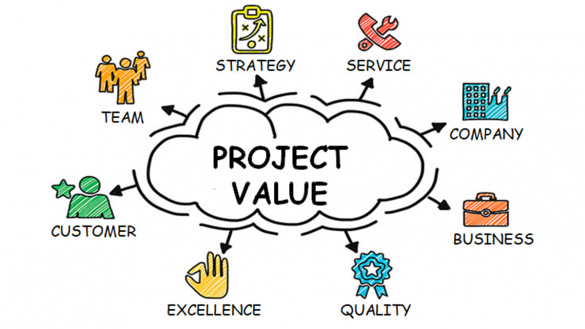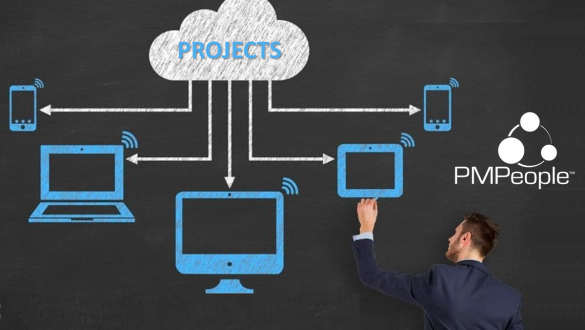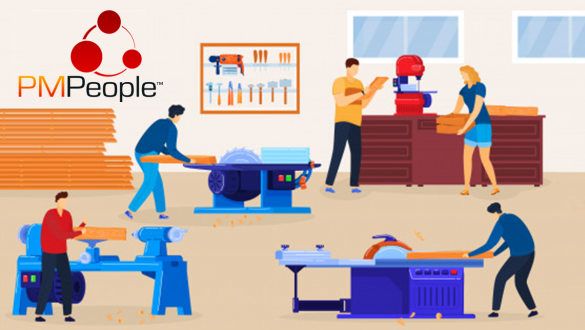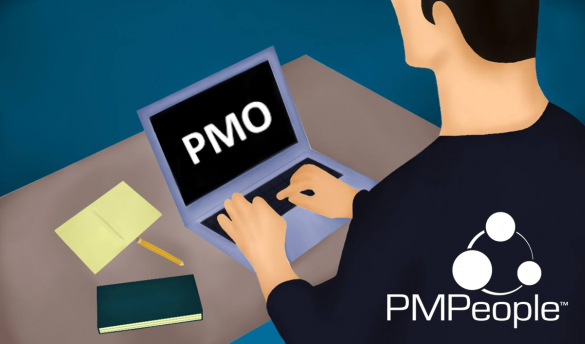Value Driven Project Management
While a project is on execution, the project professional makes decisions to optimize value delivery, which will come during the operational stage—well after the project has been closed. Value delivery is straightforward in agile projects, as management relies on continuous interactions with stakeholders who validate increments toward the final result. In predictive projects, it is possible for value to be delivered after a failed project, or vice versa: the project succeeds but no value is delivered. Through role-based collaboration, PMOs can delegate many project management activities, having more time to anticipate issues and deliver value.
People Forget Project Management Failures
PMI has published the list with the most influential projects of 2022. The second place went to the James Webb Space Telescope. This project was a management failure because it ended up with an over cost of $8bn, a final delay of 12 years, and it was about to be cancelled in 2011. Fortunately, the launch last December was a complete success. It started sending images in July, and it will continue operation for 5-10 years. When projects are transitioned to operations, and everybody can see the results and the value delivered, people tend to forget the management failures of the project phase. As project professionals, even if we say that a project has been very influential, we have to learn from mistakes to not make them again.
Projects in the Cloud
Most professionals are always connected. Knowledge workers are used to collaborating on objects in the cloud: they alternate their laptop, tablet, or mobile phone, to work concurrently on the same version of the document, spreadsheet, presentation, article, web design, software code, prototype, etc. No need to download, install, send, merging changes, etc. All of them working together on the same version of the truth. In the project economy, it is also time to digitize management, knowledge and interactions between people working on projects, programs, and portfolios.
Is your PMO producing Reports or delivering Value?
Most PMOs are seen as internal cost centers adding bureaucracy to projects. PMPeople helps people collaborate on project management professionally, in the cloud, using different roles. PMOs can distribute many management activities, having more time for anticipating problems and delivering value. With PMPeople, the PMO can grow from being a cost center to lead the company in the Project Economy.
PMPeople to Control Agile Projects
1) Centralize professional project management in PMPeople: stakeholders engagement, risks, status reports, time sheets and expenses, etc. 2) decompose the project into work packages, meaning agile releases; 3) Connect work package #0 (the project itself) to Asana list for epics; 4) Connect each release to Asana list for user stories; 5) Managers do not need Asana: they use PMPeople to track epics and stories; 6) Team Members do not need PMPeople: they use Asana to follow their ceremonies and manage their artifacts.
PMPeople to support NextGenerationEU
Spain has been granted 140,000 million euros from the Recovery Plan for Europe Next Generation EU. Does this imply we need to start managing 100,000 projects this year? Considering our bad track record on effective European funding execution, how to manage properly a budget four times bigger? The approach should integrate project governance, project professionals and project management technology.
AI applied to Project Management
Year 2030. PPM tools include AI features. People can talk to a chatbot to initiate new projects, prioritize them, or approve the project set adding the most aggregated value. AI can help on technical tasks related to planning, controlling, knowledge management, etc. AI helps mentoring project managers throughout their professional careers. AI is effective classifying and clustering thousands of projects belonging to business units, programs, and portfolios. AI saves a lot of time generating reports, assuring quality standards, etc. AI can answer questions like: What are the odds this project will finish on time? What is the value of this deliverable? What projects should be re-baselined? What teams should be restructured? What contracts should be canceled?
What is Artificial Intelligence?
As in every area of the economy, digital transformation has disrupted project management. In order to manage projects professionally, we do not need paper documents anymore. We do not need to work from specific locations, neither. Project data, essential for business management in the Project Economy, is growing exponentially. More and more people collaborate on projects, sharing more and more technical and management data, and organizations are executing more and more projects. With so much project management data available, could algorithms manage projects automatically? What will be our role as project management professionals?
A Project Management Toolbox for the Project Economy
Organizations in the project economy can start using good freemium tools today, no investment required upfront. If free features are enough, they can continue free forever, focusing on value rather than technology. Nowadays, a free project management toolbox can meet the needs of most projects.
Setting the PMO up in 1 week
Organizations in the project economy cannot wait 6 months to have a PMO up and running. Thanks to our tool PMPeople, PMO activation does not have to be a long expensive project anymore. All the technology can be set up in 1 week so that you can focus on the PMO function. In this short period, now is technically possible to have many people collaborating on project management, using different roles.
Categories
- Business (16)
- Demand Management Roles (14)
- Frequently Asked Questions (7)
- Guide (26)
- People (23)
- Assignments (2)
- Feedback (2)
- Project Team (3)
- Tracking Time And Expenses (2)
- Process (9)
- Closing (2)
- Executing And Controlling (2)
- Planning (1)
- Project Management (67)
- Management Frameworks (18)
- Organization Owner (OO) (3)
- Project Economy (54)
- Tools (19)
- Supply Management Roles (5)
- Training (6)
- Uncategorized (1)












